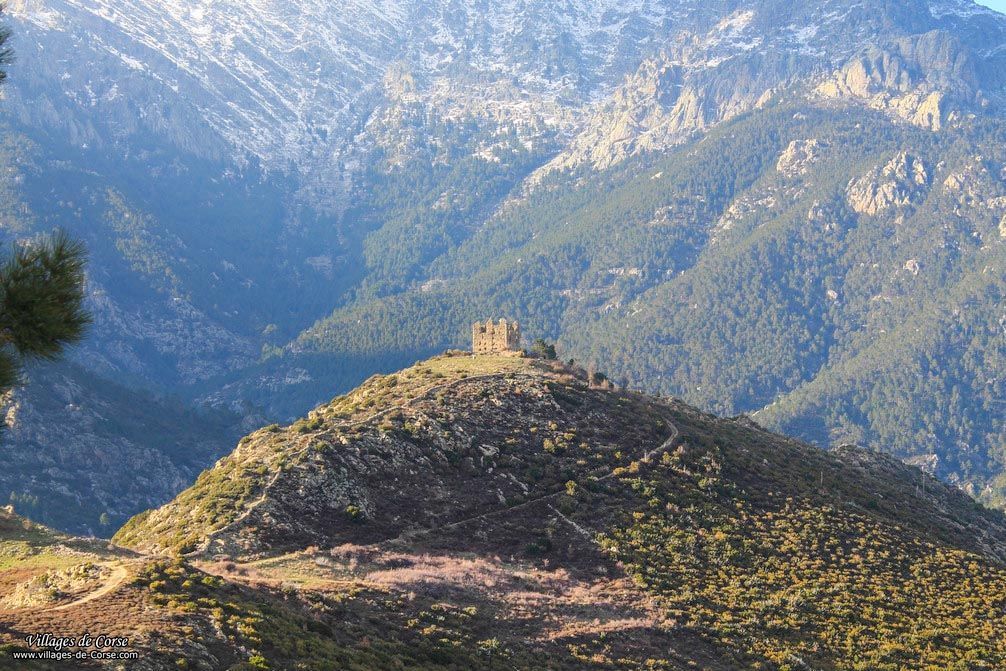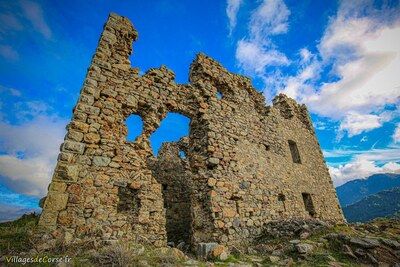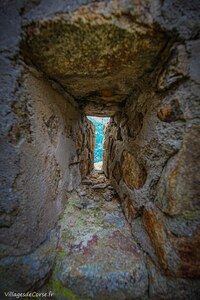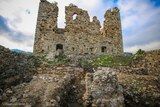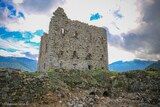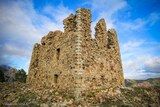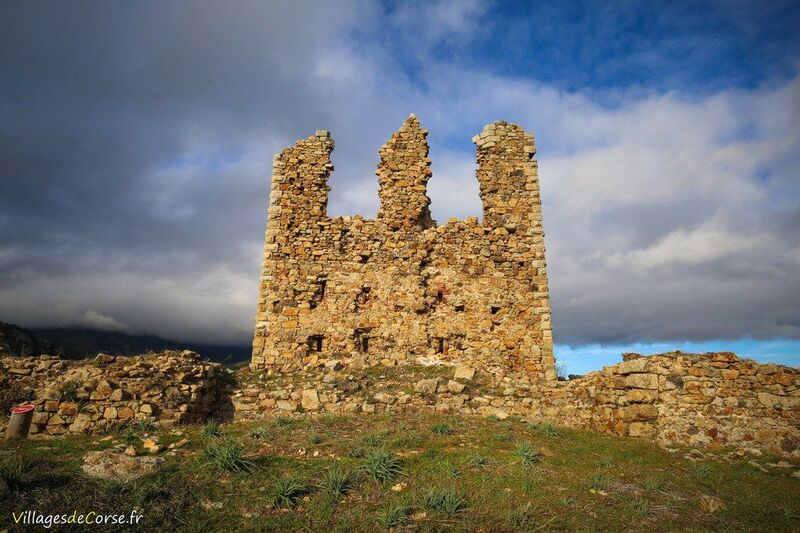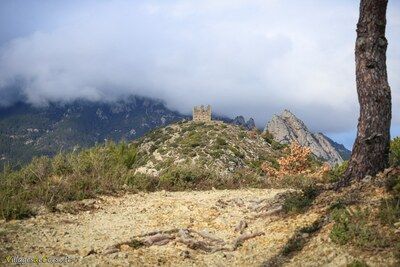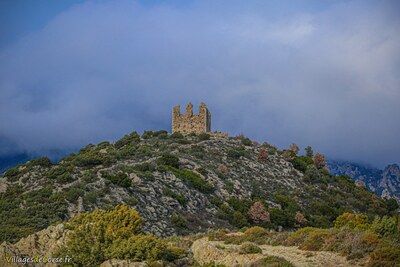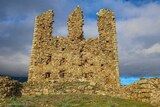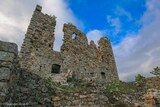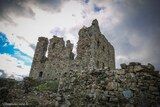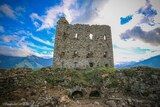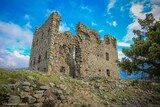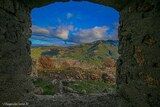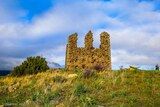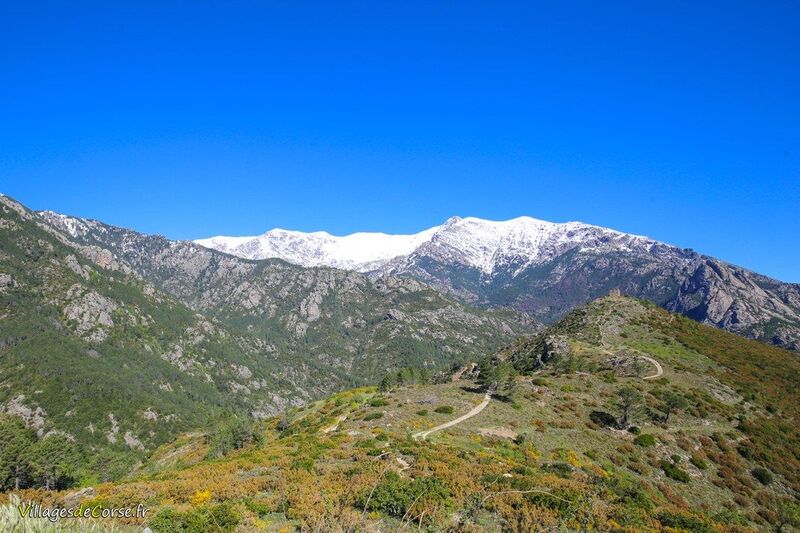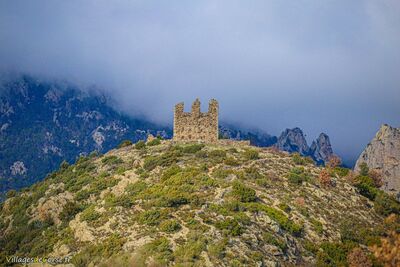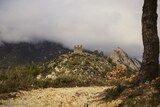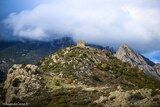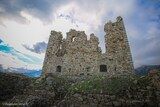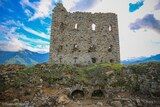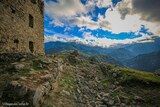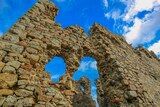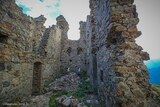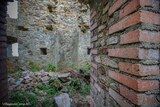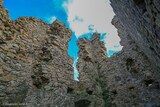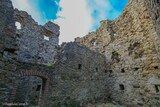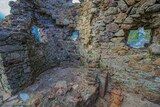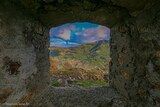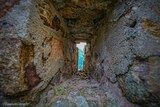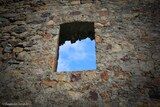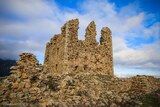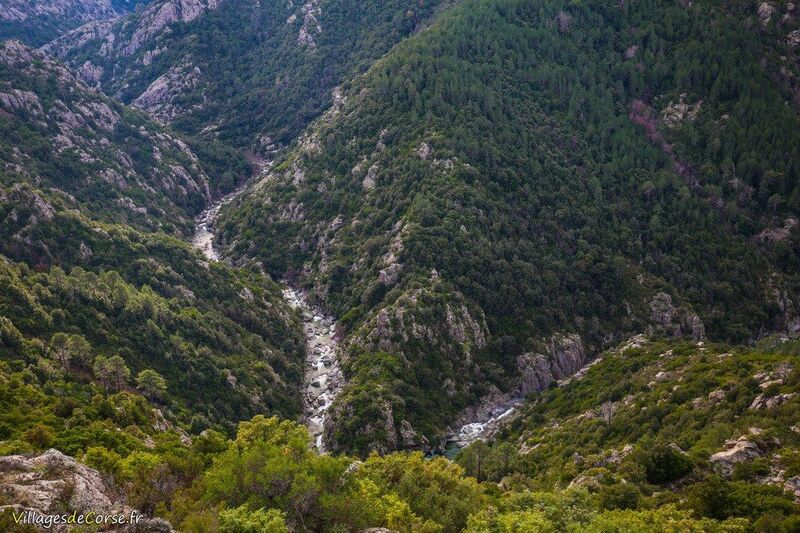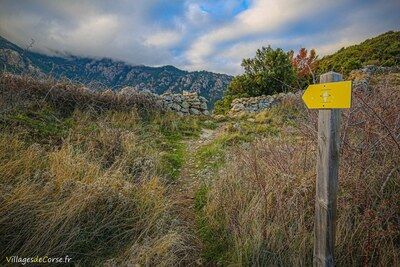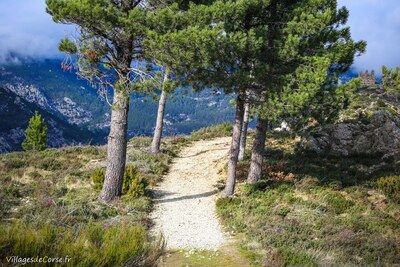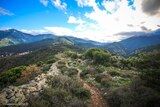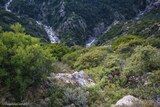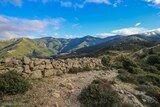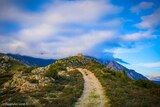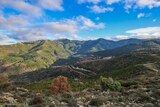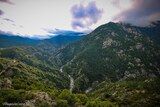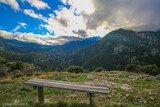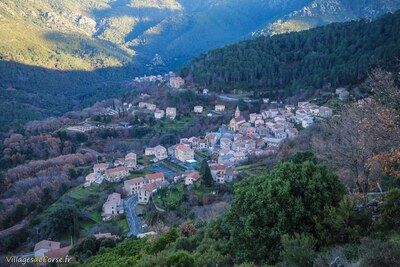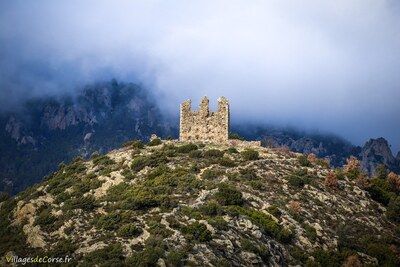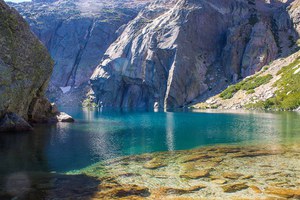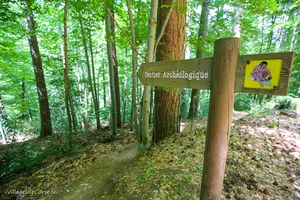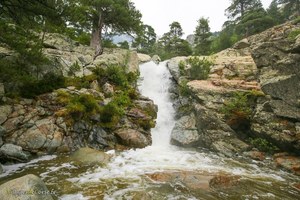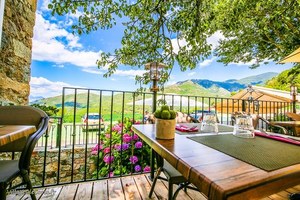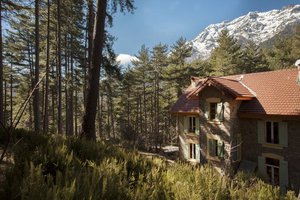- Hiking
- Centre Corse
- Fortin de Pasciola
Pasciola Fort in Vivario
The History of the Pasciola Fortress
Visible from Territoriale 20 from the small rest area with its picnic benches, the Fort of Vivario or Pasciola redoubt was built in 1771, on the orders of the Count of Vaux, two years after the Battle of Ponte Novu, to control the routes of passage during the rebellion and insurrection of Pasquale Paoli's troops - I Naziunali - and also to protect the region from attacks by convoys.
Built on a rocky outcrop overlooking the Vecchio valley at an altitude of 780 metres, the Vivario fort, like the Vizzavona fort built a year later, provided accommodation for soldiers in fortified buildings.
Accessible via Pont-Levis, the Pasciola fortress had 3 storeys and could accommodate between 50 and 100 men. In the basement, a 90-cubic-metre tank was used to store water, while other compartments were reserved for food storage, including a bread oven. There was also a gunpowder magazine with capacity for 80 barrels, a cartridge magazine and an artillery platform.
In ruins for almost 200 years
The Pasciola Fort has been listed as a Historic Monument since 1977. The building has been in a state of ruin since at least the middle of the 19th century, as reported by the Captain of the Engineers in 1849.
For safety reasons, it is forbidden to approach the building.
Easy access in less than 30 minutes
Alongside the T20, there is a car park and a rest area where you can picnic on one of the wooden tables and benches. A rubbish bin is also available for disposing of your rubbish.
This little path is very popular all year round, particularly in summer, and is appreciated for its easy access, with its historic monument and fantastic views over the valley carved out by the Vecchio, which can be seen to the south-west of the Fortin. You can also see the Fumaccie tunnel, which links Ajaccio to Bastia.
The path is perfectly clear and can be reached in 25 minutes.
